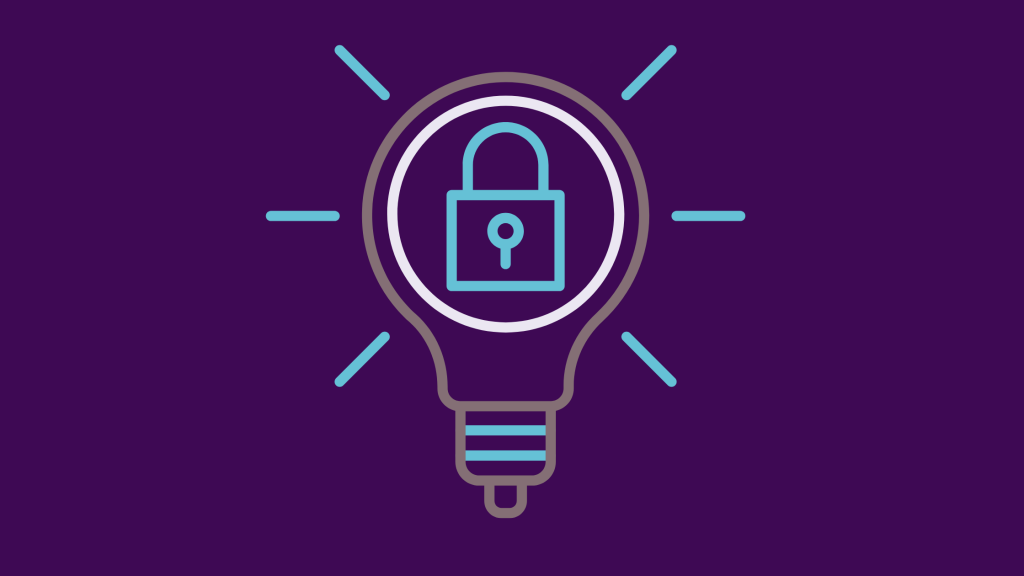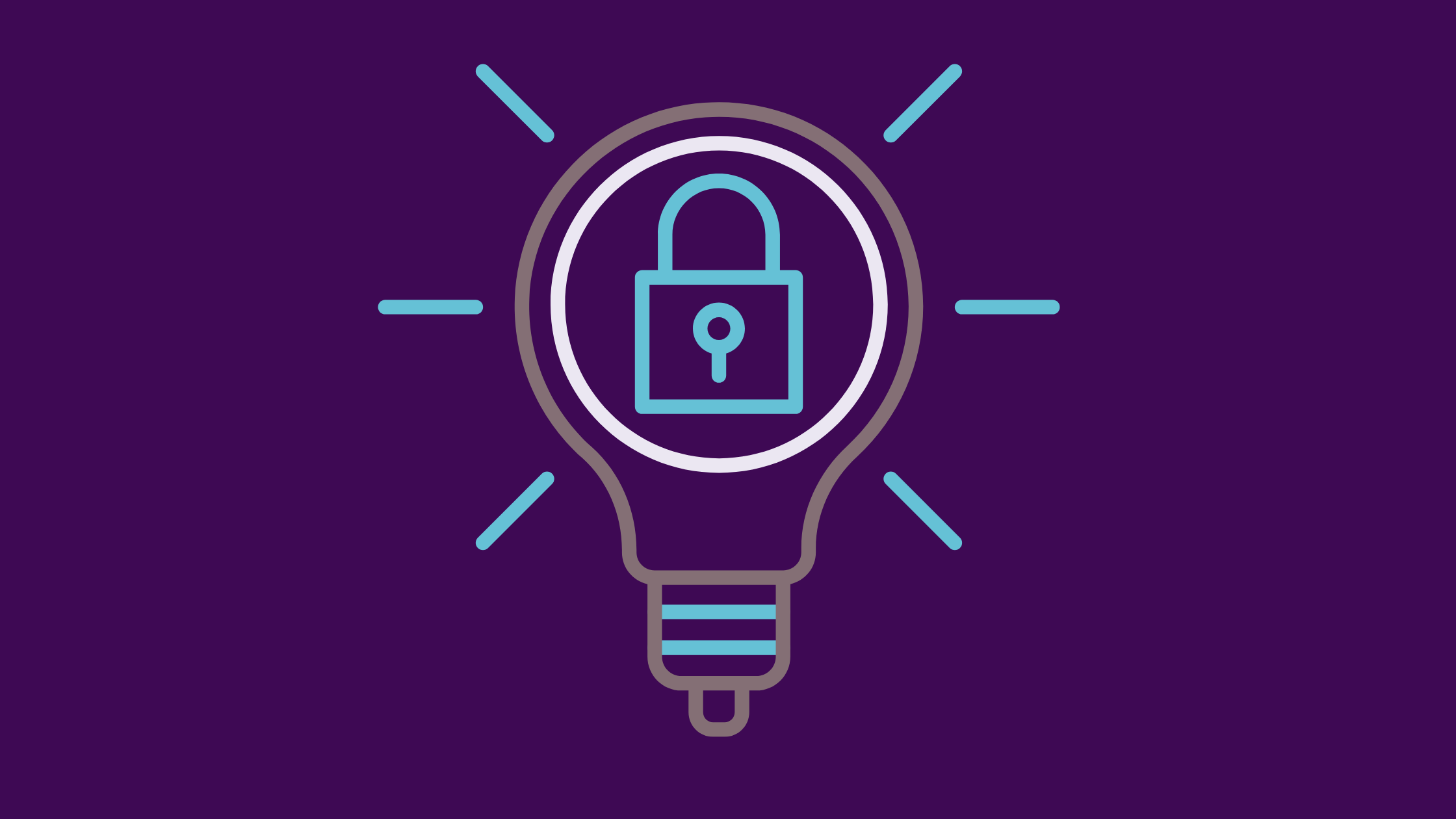
Adobe DRM is the most powerful digital rights management tool available to indie authors, indie publishing companies, and many others. It’s not the right DRM for every author or publisher, but there are cases in which Adobe DRM is the optimal solution for protecting your intellectual property. We will explore some of the best use cases for Adobe DRM.
What Is Adobe DRM?
Adobe DRM is a digital rights management solution that provides users with powerful control over who, how, when, and for how long a person has access to content that they purchase, borrow, or subscribe to.
Best Use Cases for Adobe DRM
Adobe DRM is not just for ebooks. In fact, it enhances the ability to control access to all kinds of information and protects intellectual property and prevents loss of compensation for a variety of content types. As more organizations embrace a digital transformation, tools like Adobe DRM will become critical to their operations.
Professors
With more students moving to online classes or hybrid learning models, DRM becomes crucial. In fact, Adobe DRM allows universities and professors to control access to content by limiting how long the student has access (by semester or term) and limiting the number of devices on which they’re allowed to have the content to prevent unauthorized sharing. Professors can restrict access to purchasers can prevent loss of income if they’ve authored the book being used for the course by limiting the ability to share the book; they can also strictly control access to exams, worksheets, and other course content, to prevent loss of integrity.
Libraries
University libraries and public libraries benefit from Adobe DRM because they can restrict how long someone is able to check out a book. Adobe DRM allows libraries to set the terms of book borrowing, whether it’s for two weeks for two semesters. Libraries have completely control over how long the content is accessible, how many devices it’s allowed to be on, and whether or not there is a cost associated with accessing the material.
Magazines and Other Subscription Publications
Adobe DRM is ideal for subscription-based publications because you can strictly control who has access to your content by generating a subscription id. Publishers can utilize this feature to charge distributors like universities and libraries a different rate for periodicals and journals.
Corporations
From collaboration between departments on marketing campaigns to protecting intellectual property and restricting access to private content, Adobe DRM can be a powerful tool for business. Some of the unique features Adobe DRM offers for corporations include:
Brand portal - Easily and securely distribute finished assets to channel partners and extended internal and external teams, and tailor access so you give access to the right teams.
Asset check-out - Check out an asset and lock it so only you can edit, annotate, publish, or move it until you check it back in, ensuring no one can override your changes while you're working.
Smart tagging - Powered by Adobe Sensei AI and machine learning, the smart tags tool understands an asset's content to automatically tag it with intelligent, business-specific keywords.
There are many other ways Adobe DRM can benefit your organization, including onboarding, training, testing and certification. More organizations are supporting a remote workforce. With Adobe DRM they can:
- deliver new information to entire teams
- control when, what, and for how long information is available
- limit access to intellectual property
Nonprofit and Membership-Based Organizations
For nonprofit and professional organizations, gaining access to industry or organization-exclusive information often drives donations and membership dues. Therefore, implementing Adobe DRM as a gateway for accessing proprietary materials ensures the information is shareable only to those who qualify.
Authors
Adobe DRM may not be the right solution for all authors. Some authors have readers who expect easy access and shareability. However, it is ideal for authors who are sharing research, non-fiction content, textbooks, or proprietary information. Adobe DRM protects content exclusively for those who have paid for access.
Enterprise-Grade Solution at an Affordable Cost
Adobe DRM offers the most advanced encryption and access control technology in the industry. It is an enterprise-grade solution. Adobe DRM is used by major publications, universities, and libraries to protect and control access to their content. Adobe DRM can be cost prohibitive but is available through special licensing with EditionGuard as an API. Adobe® Content Server (ACS). ACS is the industry-proven server software solution that protects PDF, EPUB and MOBI files. Setting up and managing your own ACS can be costly and time-consuming. For most businesses, the initial license cost can be prohibitive for getting started. We’ve rolled that cost into our overall pricing. You can get your organization going with low risk and low maintenance.
EditionGuard’s Adobe DRM is a sophisticated and powerful solution, as these best use cases for Adobe DRM demonstrate. It protects your content without limiting your ability to meet your customers’ needs. Our partnership with Adobe makes it an affordable solution for every indie author, professor, library, and publisher. Learn more.



